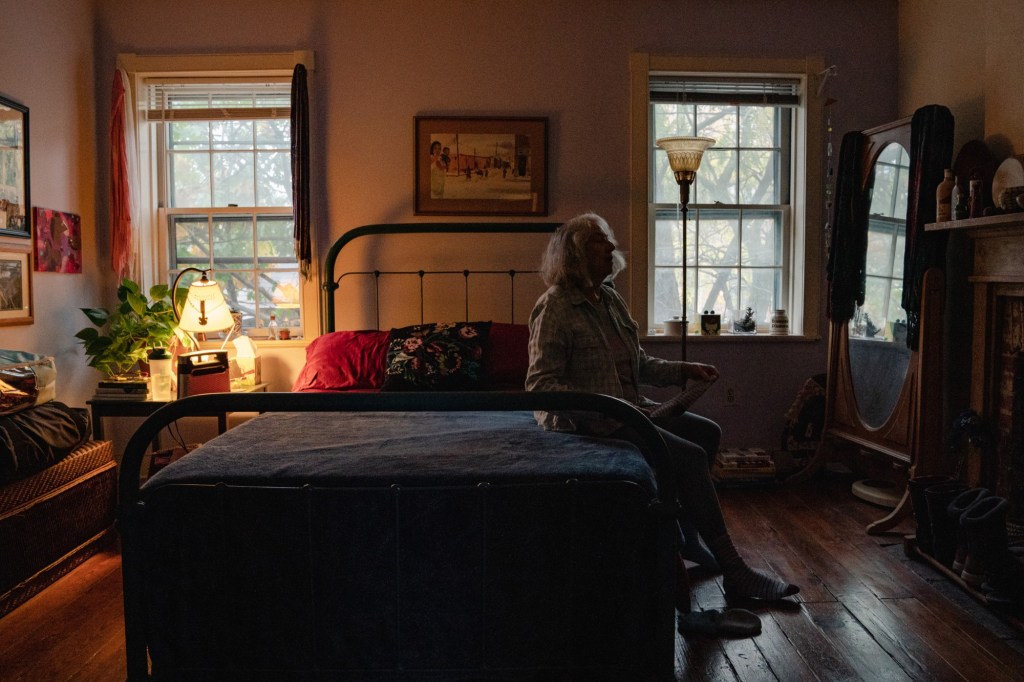Margaret Newcomb, 69, a retired French teacher, is desperately trying to protect her retirement savings by caring for her 82-year-old husband, who has severe dementia, at home in Seattle. She used to fear his disease-induced paranoia, but now he’s so frail and confused that he wanders away with no idea of how to find his way home. He gets lost so often that she attaches a tag to his shoelace with her phone number.
Feylyn Lewis, 35, sacrificed a promising career as a research director in England to return home to Nashville after her mother had a debilitating stroke. They ran up $15,000 in medical and credit card debt while she took on the role of caretaker.
Sheila Littleton, 30, brought her grandfather with dementia to her family home in Houston, then spent months fruitlessly trying to place him in a nursing home with Medicaid coverage. She eventually abandoned him at a psychiatric hospital to force the system to act.
“That was terrible,” she said. “I had to do it.”
Millions of families are facing such daunting life choices — and potential financial ruin — as the escalating costs of in-home care, assisted living facilities, and nursing homes devour the savings and incomes of older Americans and their relatives.
“People are exposed to the possibility of depleting almost all their wealth,” said Richard Johnson, director of the program on retirement policy at the Urban Institute.
The prospect of dying broke looms as an imminent threat for the boomer generation, which vastly expanded the middle class and looked hopefully toward a comfortable retirement on the backbone of 401(k)s and pensions. Roughly 10,000 of them will turn 65 every day until 2030, expecting to live into their 80s and 90s as the price tag for long-term care explodes, outpacing inflation and reaching a half-trillion dollars a year, according to federal researchers.
The challenges will only grow. By…
Read the full article here







